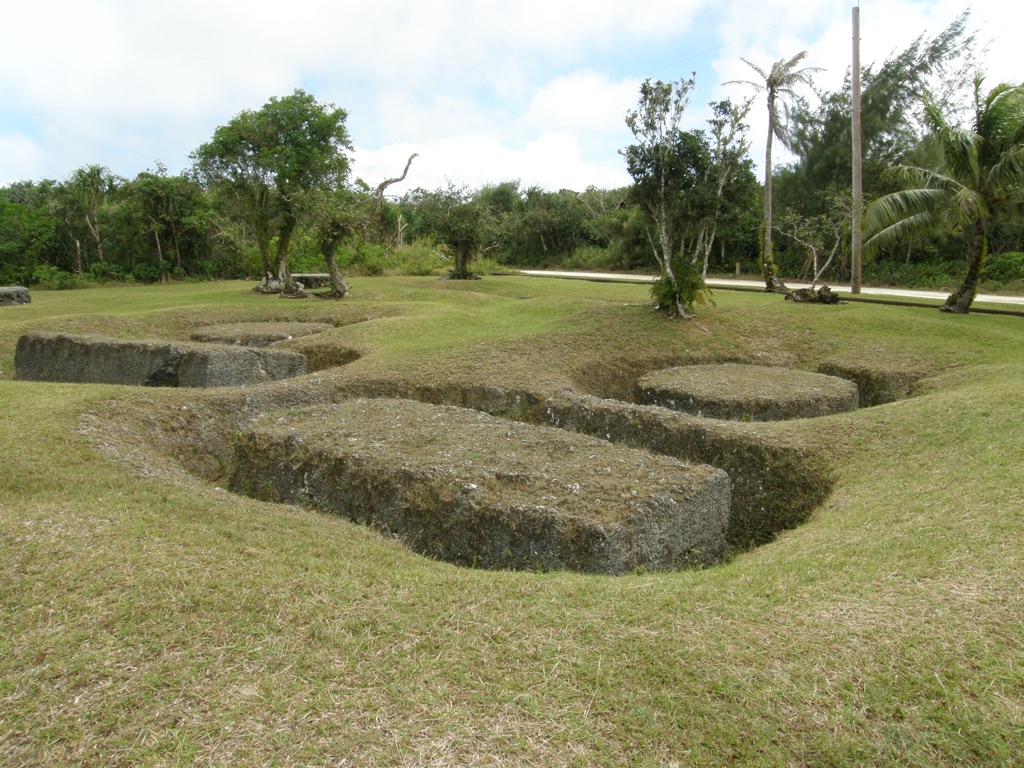The Rota Latte Stone Quarry is a significant historical site located on the island of Rota, part of the Northern Mariana Islands. It is renowned for its latte stones, large pillars with hemispherical caps that are iconic to the Marianas. These megalithic structures were used as building supports by the ancient Chamorro people. The quarry is a testament to the island’s prehistoric civilization and provides insight into the methods used to carve and transport these massive stone structures.
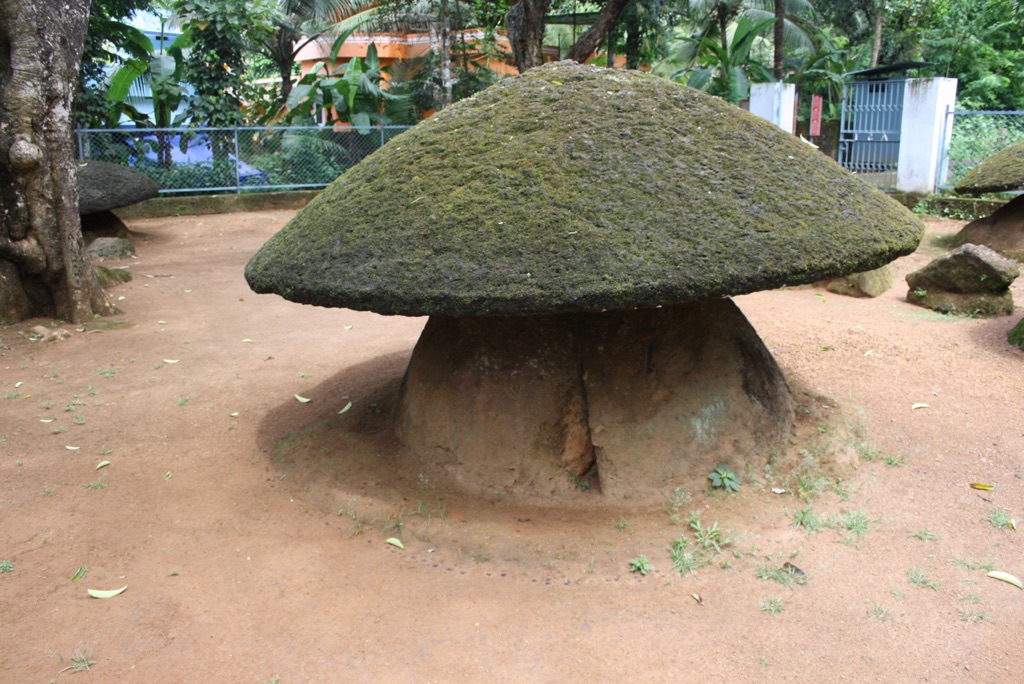
The Ariyannur Umbrellas
The Ariyannur Umbrellas are a significant megalithic site located in Kerala, India. These ancient burial stones, also known as ‘Kudaikkallu,’ resemble huge umbrellas and date back to the Iron Age. They are a testament to the region’s prehistoric culture and have intrigued archaeologists and historians alike. The site comprises several umbrella stones, which are large, mushroom-shaped laterite structures. They are believed to mark burial sites and have been a subject of fascination due to their unique shape and construction.
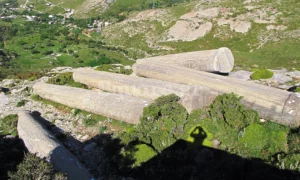
Karystos Ancient Quarry
The Karystos Ancient Quarry, also known as the Cipollino Marble Quarries, is a remarkable archaeological site located on the Greek island of Euboea. This site is renowned for its unique green marble, known as Cipollino, which was highly prized in ancient times. The quarries have a rich history that dates back to the Classical era of Greece and were extensively used during the Roman period. The marble from Karystos was used in many significant buildings across the ancient world, including the construction of temples, public buildings, and monuments. The site offers a fascinating glimpse into the ancient methods of quarrying and marble extraction that have influenced architecture throughout history.
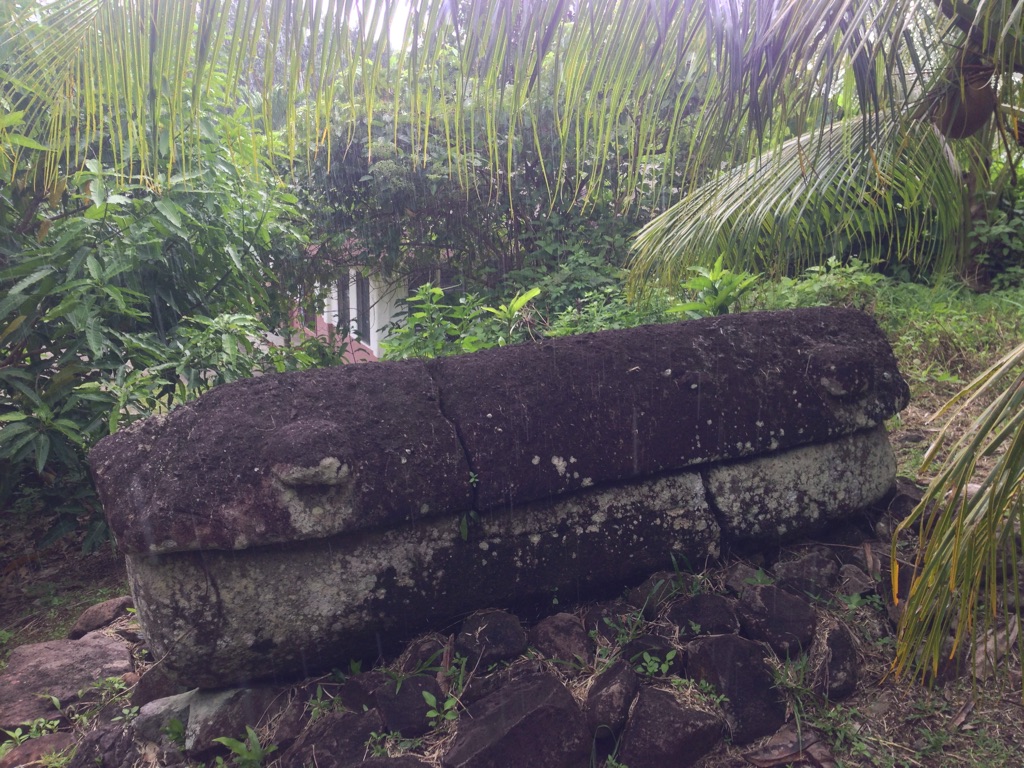
Tet el Bad Stone Coffin
The Tet el Bad Stone Coffin is a significant archaeological artifact located in Palau, a group of islands in the Pacific Ocean. This ancient stone coffin, carved from a single piece of rock, is a testament to the island’s early inhabitants and their burial practices. It provides valuable insights into the cultural and historical context of the region. The coffin’s discovery has sparked interest among historians and archaeologists, leading to various theories about its origin and purpose.
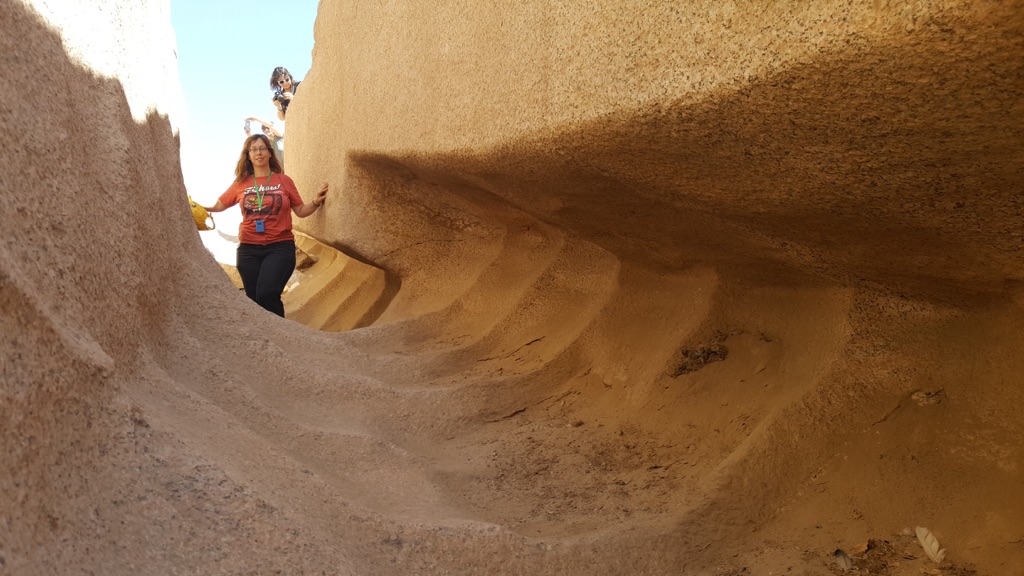
Aswan Quarry
The Aswan Quarry in Egypt is a place of historical significance, known for its stone quarries that supplied granite for many ancient Egyptian monuments. The most notable feature of the quarry is the Unfinished Obelisk, which would have been the largest piece of stone ever carved by the Egyptians had it been completed. The quarries offer a glimpse into ancient stone-working techniques and have been a source of archaeological interest for many years.

Haʻamonga ʻa Maui
The Haʻamonga ʻa Maui is a remarkable stone structure located in the Kingdom of Tonga. Often referred to as the ‘Stonehenge of the Pacific’, this megalithic trilithon is made from three massive limestone slabs. It stands as a testament to the engineering prowess of the ancient Tongans. The name translates to ‘The Burden of Maui’, alluding to the legendary Polynesian demigod known for his strength. The structure’s purpose remains a subject of debate, with theories ranging from an astronomical observatory to a royal gateway. Its construction is attributed to the 11th Tuʻi Tonga, Tuʻitatui, dating back to the 13th century. The Haʻamonga ʻa Maui continues to be an important cultural landmark and a source of national pride for Tonga.

